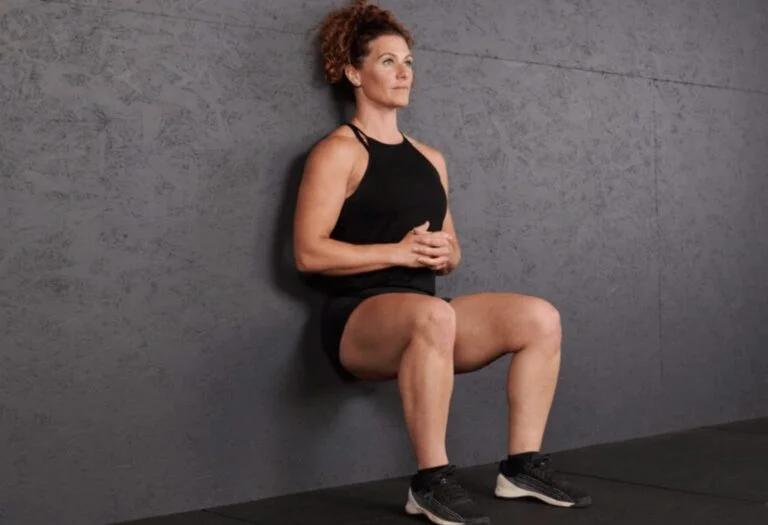Is Fistula and Piles the Same? A Complete Guide
- February 5, 2025
Introduction
If you’re dealing with discomfort in the anal region, you’ve probably encountered terms like anal fistula and piles. But are they the same? The answer is no, they are two distinct conditions, though they do share some common symptoms. Understanding these differences is key to identifying the right treatment. This blog will explore each condition, how they differ, and how they can be treated effectively, especially with non-surgical treatments like Graded Kshar Sutra for fistula, an Ayurvedic approach.
What is a Fistula?
Anal fistula is essentially an abnormal tunnel that forms between the skin and the anus, often caused by an infection in the anal glands. If left untreated, this tunnel can become infected again, leading to more complications. Here are some common signs:
- Abnormal tunnel forming between the skin and anus due to infection.
- Causes pain, swelling, or tenderness near the anus.
- You might notice discharge, such as pus or blood, from the affected area.
- Itching or irritation around the anus.
Most people with a fistula develop it after an abscess (a painful pocket of pus) in the anal region doesn’t heal properly. For effective and natural healing, fistula treatment in Ayurveda is a great option. Kshar Sutra treatment for fistula has shown excellent results in healing without surgery.
What Are Piles Hemorrhoids?
On the other hand, piles or hemorrhoids are swollen veins in or around your anus and rectum. This can happen because of strain during bowel movements or increased pressure on the anal area. The symptoms can include:
- Swelling around the anus or rectum, often caused by straining.
- Discomfort or pain, especially when sitting or going to the bathroom.
- Itching or irritation around the anal area that doesn’t go away.
- Noticeable red blood on toilet paper after using the restroom.
Graded Kshar Sutra treatment for Piles is an effective non-surgical solution that also helpswith anal fistula. It helps reduce pain and swelling, speeding up the healing process.
Is Fistula and Piles the Same?
No, these conditions are not the same, although both cause discomfort in the same region. Let’s break down the differences:
All About Fistula
1. What Happens: An abnormal tunnel forms between the skin and the anus.
2. Causes: Usually develops after an anal abscess or infection.
3. Symptoms: Pain, swelling, pus, blood discharge.
4. Treatment: Often requires surgery, but can also be treated with Kshar Sutra.
All About Piles (Hemorrhoids)
1. What Happens: Swollen blood vessels inside or around the anus.
2. Causes: Caused by pressure on veins due to straining, constipation, or pregnancy.
3. Symptoms: Pain during bowel movements, itching, swelling.
4. Treatment: Can be managed with lifestyle changes, creams, or non-surgical treatments like KsharSutra.
As you can see, while both involve the anal region, they are very different in terms of cause and treatment.
What Causes Fistula and Piles?
Let’s break it down:
- Fistula:
- Infections or pockets of pus around the anus can cause complications.
- Previous surgery or injury around the anus.
- Poor healing after an infection.
- Chronic conditions like Crohn’s disease can also contribute to fistulas forming.
- Piles:
- Struggling to pass stools due to constipation can put extra pressure on the area.
- Spending too much time sitting, especially on hard chairs or surfaces, can strain the area around the anus.
- Obesity or being overweight, putting pressure on veins.
- Pregnancy, which increases pressure in the anal area.
It’s important to consult a Piles and fistula specialist doctor in Delhi if you’re experiencing persistent discomfort.
How to Prevent Fistula and Piles?
- Keep the area clean to avoid infections, especially to prevent anal fistula.
- Eat high-fiber foods to prevent constipation.
- Stay hydrated for smoother bowel movements.
- Exercise regularly to reduce pressure on veins.
- Avoid long sitting to prevent strain on the anal area.
Treatment for Fistula and Piles
Now, let’s talk about how you can treat both conditions, especially with a non-surgical approach like Graded Kshar Sutra Treatment.
What is Ksharsutra?
- Kshar Sutra is a special medicated thread used to treat conditions like anal fistula and piles. It is a non-surgical and effective treatment method.
- The thread is made of herbal medicines and is coated with a mix of medicated substances that help in healing and promoting tissue regeneration.
How Does Ksharsutra Work?
For Fistula:
- A medicated thread (Ksharsutra) is inserted into the fistula tract (the abnormal tunnel formed between the skin and anus).
- The thread gradually cuts through the fistula tissue while promoting healing by draining out the pus and reducing infection.
- Over time, the fistula tract closes naturally and heals from inside. The healing process typically lasts around 6 to 8 weeks, with gradual improvement as time goes on.
- This approach is particularly beneficial for those seeking fistula treatment in Ayurveda.
For Piles:
- In case of Piles (Hemorrhoids), the Ksharsutra is placed around the base of the swollen hemorrhoidal tissue.
- The thread helps in reducing the swelling by cutting off the blood supply to the hemorrhoids, causing them to shrink.
- The thread also promotes healing of the affected tissue by stimulating the growth of healthy tissue.
- If you are in Delhi, you can easily access The best Kshar Sutra treatment in Delhi for effective relief.
Benefits:
- Non-invasive and avoids major surgery.
- Helps in faster healing and reduces the chances of recurrence.
- Minimal discomfort compared to other treatments, especially for anal fistula and piles.
Why Dr. S.K. Singh is the Top Choice for Fistula and Piles Care
When it comes to treating conditions like anal fistula and piles, Dr. S.K Singh is one of the leading proctologists in Delhi. With over 30 years of experience, he has helped hundreds of patients find relief from these conditions using non-surgical treatments, particularly Kshar Sutra treatment.
Here’s why you should consider consulting Dr. S.K Singh:
- Expertise: With 30+ years of experience, he has a deep understanding of anal disorders, making him a trusted fistula specialist doctor in Delhi.
- Non-Surgical Treatments: Dr. Singh specializes in Kshar Sutra treatment, a highly effective Ayurvedic treatment that avoids the need for surgery. He offers this treatment at his piles & fistula clinic in Delhi.
- Patient-Centered Care: Every patient gets personalized care with the most suitable treatment options.
Ready to find relief from fistula or piles without surgery? Book a consultation with Dr. S.K. Singh today!
Conclusion
Fistula and Piles are two different conditions that affect the anal region but can both cause significant discomfort. While anal fistulas often result from infections or abscesses, piles are caused by pressure on the veins. Fortunately, both conditions can be treated effectively with Graded Kshar Sutra treatment, a safe and natural non-surgical treatment option. Graded Kshar Sutra treatment in Delhi is becoming a preferred choice due to its ability to offer fast healing with minimal pain and no need for surgery. Many patients choose this method, especially when seeking help from a fistula specialist doctor in Delhi.
Book your consultation with Dr. S.K. Singh today for effective Kshar Sutra treatment.










